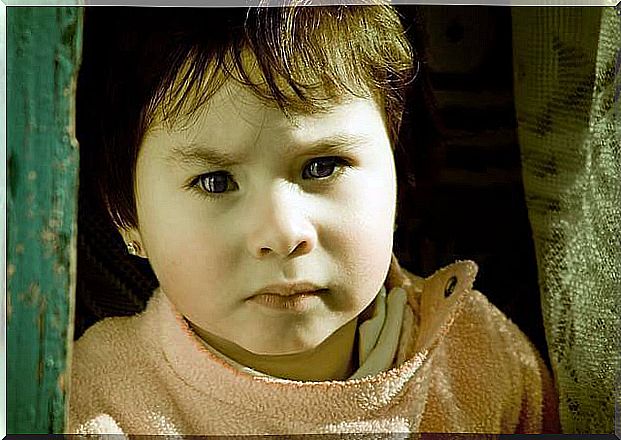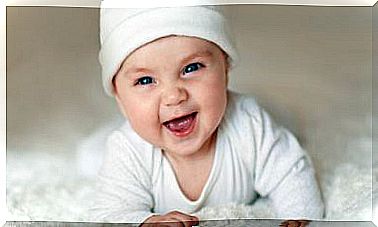The Effects Of Growing Up Surrounded By Conflict

Before anything else, the fa m ily is the cell from which every individual is part of society and culture. Thanks to this socializing function, the child acquires a personal conscience (he recognizes himself responsible for his actions and his emotions), learns to participate in his community and manages to internalize the norms and values of a society.
His first big challenge is to take on the challenges that school imposes on him. There he will have to interact with other children, with the teachers and, in addition, start a process of intellectual learning that must give specific results. It will be evaluated and the academic space will approve or fail it depending on what it can be and do.
What happens when the family, instead of providing solid support for socialization, limits or prevents awareness, participation and the definition of values?
Effects of a troubled family
A study carried out by researchers from the University of Buenos Aires, with 1,892 primary and secondary school students, concluded that conflicts between parents affect their children in all aspects of life. They identified that this impact is verified in four dimensions:
Emotional well-being. This is reflected in external behaviors such as aggressiveness, depression, anxiety, withdrawal, and drug use.
Physical well-being. Children of troubled parents are more likely to suffer from frequent digestive problems, headaches, asthma, eczema, allergies, and eating problems.
Social welfare. Members of troubled families have greater difficulty relating to others. They find it difficult to establish close ties and when they develop them they become highly dependent on them.
Academic performance. Generally, these types of children have great academic difficulties, or, in other cases, they behave like “geeks”: obsessive with their grades and anxious about their schoolwork.
The marital conflict: a key point
The same research determined which was the factor with the greatest incidence in the low school performance of children and adolescents. He investigated based on four themes: parental marital conflict, father’s relationship with the child, mother’s relationship with the child, and satisfaction with siblings and family life.
Based on this, he found that the great trigger for poor academic performance was undoubtedly the marital conflict between the parents. In turn, the most decisive factor in good school performance was satisfaction with siblings and family life.
The experts indicated that children who grow up in homes where their parents fight frequently, spend a large dose of their emotional energy trying to cope with the stress, depression and physical illnesses that this situation causes them. Hence, they did not have all their intellectual capacity available for learning in school.
They also found that the more conflict there is between the pair of parents, the greater the tendency of the children to develop behaviors to attract attention : disobedience, indiscipline, erratic behaviors and constant incidents at school.
Some children are perceived as less able to cope with conflict between their parents and develop a feeling of constant threat. In them, the relationship between conflict and academic performance is more visible.
If children feel involved in their parents’ fights, and those same parents, in one way or another, hold them responsible for their own problems, there are serious effects. They manifest as constant aggressiveness and a tendency to break the rules. These children develop strong loyalty conflicts with their parents and sometimes find it impossible to pay attention to a class.
Hence, in all cases, when a situation of poor school performance arises, the first thing to do is to assess the quality of family relationships. Very surely there is the explanation of everything.
Image courtesy of SoulSense









